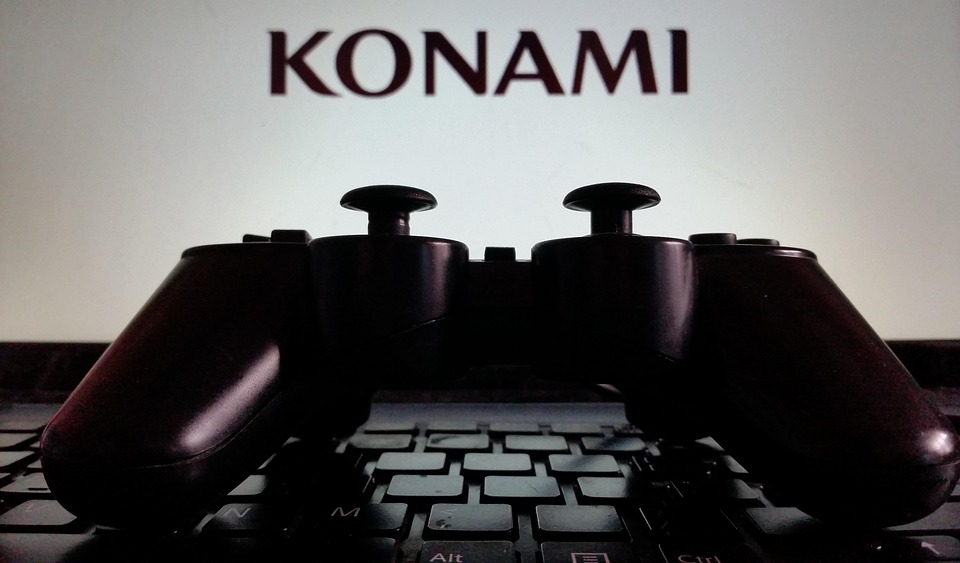The landscape of multiplayer gaming has undergone a seismic shift in the last decade, with the rise of the Battle Royale genre taking center stage. From humble beginnings to global phenomenon, the Battle Royale genre has captivated millions, reshaping the way gamers interact, compete, and connect. This article delves into the evolution of multiplayer gaming leading up to the Battle Royale bonanza, exploring its origins, cultural impact, and future.
The Roots of Multiplayer Gaming
While competitive gaming can be traced back to the early days of arcade machines, multiplayer gaming began to solidify its identity with the advent of local area networks (LAN) in the 1990s. Games like “Doom” and “Quake” revolutionized the experience by allowing players to face off against each other in fast-paced matches within the same physical space. This laid the groundwork for future developments in cooperative and competitive online gaming.
As the internet grew, so did the potential for immersive multiplayer experiences. Titles like “Counter-Strike” emerged in the early 2000s, delivering structured team-based play and giving rise to the competitive shooter community. The introduction of Massively Multiplayer Online Games (MMOs) like “World of Warcraft” further expanded the framework of multiplayer interaction, allowing thousands of players to coexist within expansive game worlds.
The Birth of the Battle Royale Genre
The Battle Royale genre finds its origins in a 2000 Japanese film, "Battle Royale," where participants are forced to fight to the death until only one remains. However, it wasn’t until the modding community picked up the concept in video games that it began to blossom. Notably, the “DayZ” mod for “ARMA 2” and its subsequent success introduced survival mechanics and a last-man-standing format that would define Battle Royales.
The scene was primed for disruption when PUBG (PlayerUnknown’s Battlegrounds) launched in 2017. With its combination of survival mechanics, strategic planning, and wide-ranging maps, PUBG cracked the code for what would become the quintessential Battle Royale formula. Players were thrust into open worlds, scavenging for weapons and resources, while simultaneously engaging in high-stakes combat with a shrinking play area.
The Explosion of Popularity
The success of PUBG was merely the beginning. Epic Games’ release of “Fortnite” in 2017 catapulted the genre into mainstream consciousness. Merging building mechanics with the traditional Battle Royale format, Fortnite attracted a young audience with its vibrant art style and social events, which included in-game concerts and collaborations with popular franchises.
Other titles followed suit, such as “Apex Legends” and “Call of Duty: Warzone,” each bringing new elements to the genre. The introduction of character abilities in “Apex Legends” and the free-to-play model employed by “Warzone” emphasized accessibility, appealing to both casual and committed gamers.
Cultural Impact
The Battle Royale genre transcended traditional gaming paradigms, fundamentally altering how games are consumed and interacted with. Streamer culture exploded in tandem with the popularity of Battle Royales, with platforms like Twitch showcasing top players and creating celebrity-like figures out of gamers. The social aspect of watching and streaming has transformed gaming from a solitary hobby to a communal experience.
Furthermore, esports has embraced the Battle Royale phenomenon, with tournaments like Fortnite’s World Cup offering staggering prize pools and headlining competitive gaming events. These developments have legitimized gaming as a viable career path, inspiring a new generation of players.
The Future of Battle Royale
As the genre continues to evolve, developers are exploring new mechanics and themes to keep the experience fresh. The introduction of hybrid genres, seasonal content updates, and narrative-driven gameplay are just a few ways that developers aim to innovate within the space. Moreover, with technology advancing rapidly, the potential for virtual reality (VR) Battle Royales looms on the horizon, promising an even more immersive experience.
Conclusion
The Battle Royale bonanza is more than just a fad; it’s a testament to the ever-changing nature of multiplayer gaming. As we witness this evolution, it’s clear that the genre has carved out a significant niche within the gaming industry, influencing not only how games are designed but also how communities form and thrive. The allure of competition, strategy, and social connection will ensure that Battle Royale remains a key player in the future of multiplayer gaming, continuing to capture the imaginations of players around the world.


